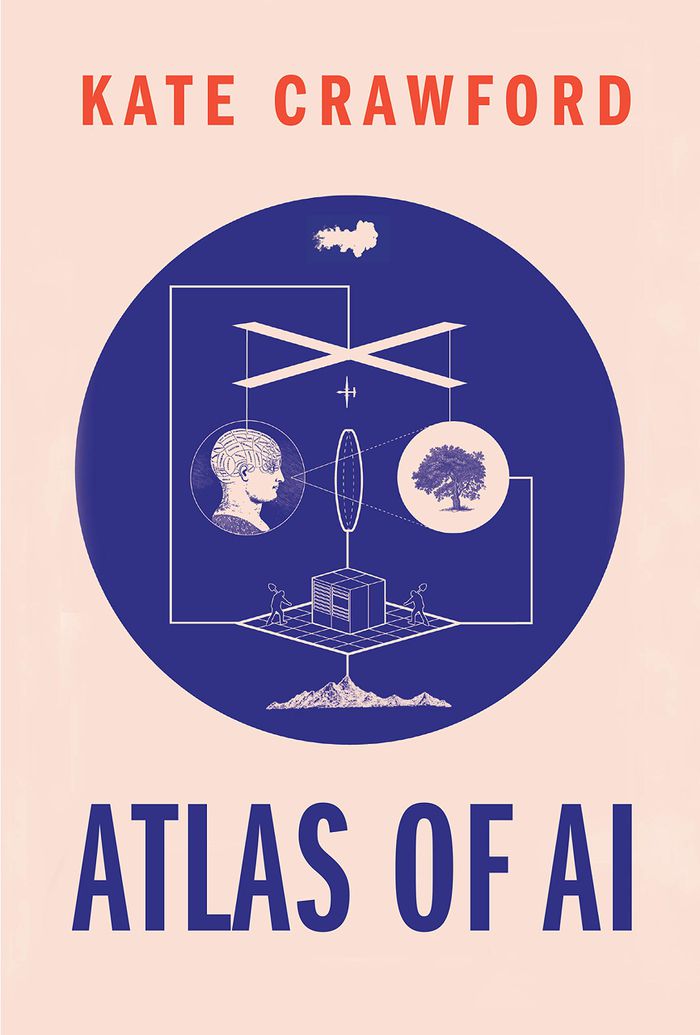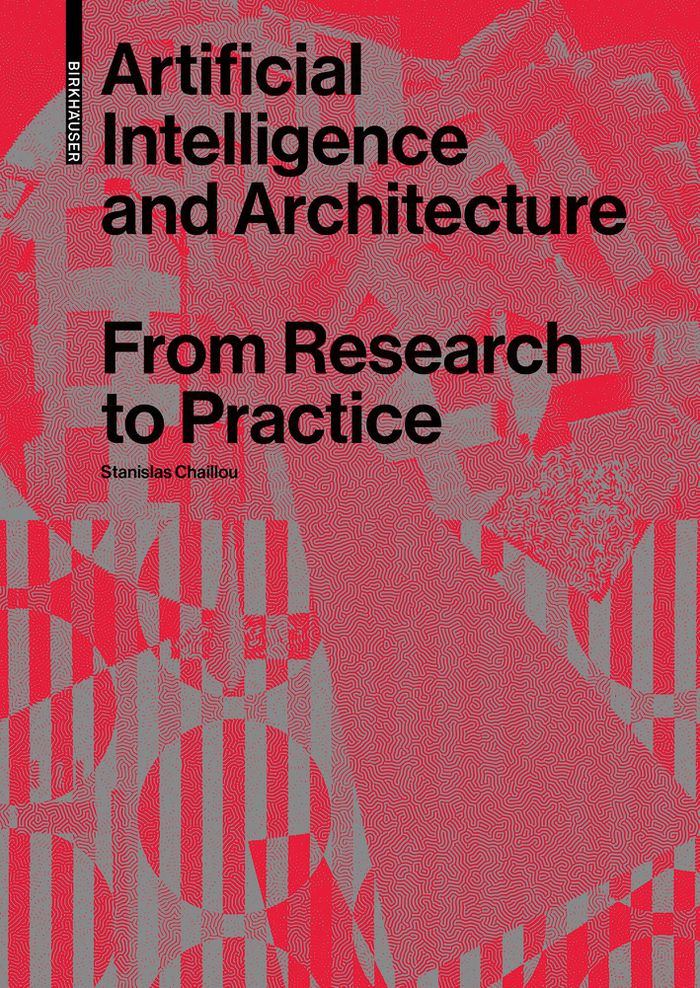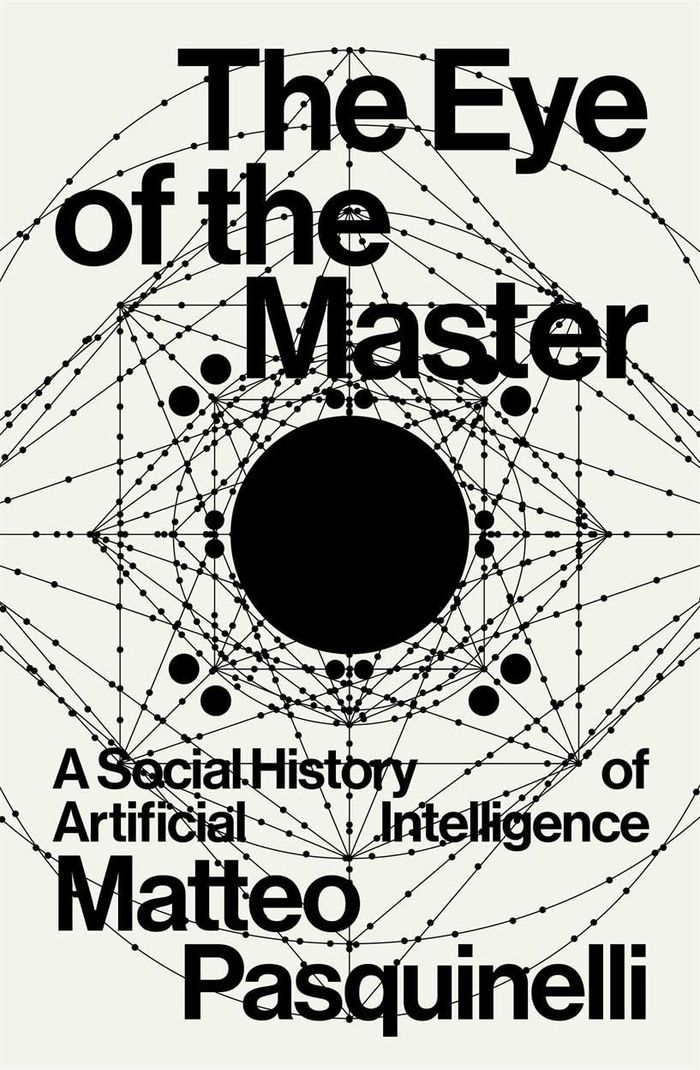video
Description:
1 streaming video file (12 min., 11 sec.) : sound, colour
[Montréal] : Canadian Centre for Architecture, [2018]
What can you do with the "smart" city?.
Actions:
Holdings:
Description:
1 streaming video file (12 min., 11 sec.) : sound, colour
video
[Montréal] : Canadian Centre for Architecture, [2018]
video
Description:
1 streaming video file (18 min., 56 sec.) : sound, colour
[Montréal] : Canadian Centre for Architecture, [2018]
What can you do with the "smart" city?.
Actions:
Holdings:
Description:
1 streaming video file (18 min., 56 sec.) : sound, colour
video
[Montréal] : Canadian Centre for Architecture, [2018]
video
Description:
1 streaming video file (19 min., 18 sec.) : sound, colour
[Montréal] : Canadian Centre for Architecture, [2019]
What can you do with the "smart" city?.
Actions:
Holdings:
Description:
1 streaming video file (19 min., 18 sec.) : sound, colour
video
[Montréal] : Canadian Centre for Architecture, [2019]
video
Description:
1 streaming video file (21 min., 40 sec.) : sound, colour
[Montréal] : Canadian Centre for Architecture, [2018]
What can you do with the "smart" city?.
Actions:
Holdings:
Description:
1 streaming video file (21 min., 40 sec.) : sound, colour
video
[Montréal] : Canadian Centre for Architecture, [2018]
books
Description:
287 pages : illustrations ; 24 cm
London : Kogan Page ; New York : Nichols Pub. Co., [©1986]
CAD and robotics in architecture and construction : proceedings of the joint international conference at Marseilles, 25-27 June 1986 / o[r]ganized by IIRIAM, GAMSAU, CSTB.
Actions:
Holdings:
Description:
287 pages : illustrations ; 24 cm
books
London : Kogan Page ; New York : Nichols Pub. Co., [©1986]
$40.00
(available in store)
Summary:
What happens when artificial intelligence saturates political life and depletes the planet? How is AI shaping our understanding of ourselves and our societies? Drawing on more than a decade of research, award-winning scholar Kate Crawford reveals how AI is a technology of extraction: from the minerals drawn from the earth, to the labor pulled from low-wage information(...)
Atlas of AI: Power, politics, and the planetary costs of artificial intelligence
Actions:
Price:
$40.00
(available in store)
Summary:
What happens when artificial intelligence saturates political life and depletes the planet? How is AI shaping our understanding of ourselves and our societies? Drawing on more than a decade of research, award-winning scholar Kate Crawford reveals how AI is a technology of extraction: from the minerals drawn from the earth, to the labor pulled from low-wage information workers, to the data taken from every action and expression. This book reveals how this planetary network is fueling a shift toward undemocratic governance and increased inequity. Rather than taking a narrow focus on code and algorithms, Crawford offers us a material and political perspective on what it takes to make AI and how it centralizes power. This is an urgent account of what is at stake as technology companies use artificial intelligence to reshape the world.
Critical Theory
video
Description:
1 online resource (1 video file (25 min., 21 sec.)) : sound, colour
[Montréal] : Canadian Centre for Architecture, [2019]
What can you do with the "smart" city?, 2018 November 1.
Actions:
Holdings:
Description:
1 online resource (1 video file (25 min., 21 sec.)) : sound, colour
video
[Montréal] : Canadian Centre for Architecture, [2019]
$60.00
(available to order)
Summary:
Artificial Intelligence’s (AI) encounter with architecture is still in its infancy. However, current experiments and applications already are a testimony to their gradual intersection. This book provides an introduction to the topic through the triple lens of History, Application, and Theory. A chronology of architecture’s technological evolution first puts AI back in the(...)
Artificial intelligence and architecture: From research to practice
Actions:
Price:
$60.00
(available to order)
Summary:
Artificial Intelligence’s (AI) encounter with architecture is still in its infancy. However, current experiments and applications already are a testimony to their gradual intersection. This book provides an introduction to the topic through the triple lens of History, Application, and Theory. A chronology of architecture’s technological evolution first puts AI back in the context of the discipline. The author then presents a collection of AI’s applications in architecture. The book finally gives the stage to contributors working at the forefront of this revolution. From Harvard to Foster & Partners, their perspectives provide a panorama of the discourse surrounding AI’s presence in the field.
Digital Architecture
books
Description:
167 pages ; 21 cm
Cambridge, Mass. : MIT Press, ©2000.
books
Cambridge, Mass. : MIT Press, ©2000.
$33.95
(available to order)
Summary:
A social history of AI that finally reveals its roots in the spatial computation of industrial factories and the surveillance of collective behaviour. What is AI? A dominant view describes it as the quest ''to solve intelligence,'' a solution supposedly to be found in the secret logic of the mind or in the deep physiology of the brain, such as in its complex neural(...)
The eye of the master: A social history of artificial intelligence
Actions:
Price:
$33.95
(available to order)
Summary:
A social history of AI that finally reveals its roots in the spatial computation of industrial factories and the surveillance of collective behaviour. What is AI? A dominant view describes it as the quest ''to solve intelligence,'' a solution supposedly to be found in the secret logic of the mind or in the deep physiology of the brain, such as in its complex neural networks. ''The eye of the master'' argues, to the contrary, that the inner code of AI is shaped not by the imitation of biological intelligence, but the intelligence of labour and social relations, as it is found in Babbage's ''calculating engines'' of the industrial age as well as in the recent algorithms for image recognition and surveillance. The idea that AI may one day become autonomous (or ''sentient'', as someone thought of Google's LaMDA) is pure fantasy. Computer algorithms have always imitated the form of social relations and the organisation of labour in their own inner structure and their purpose remains blind automation. ''The eye of the master'' urges a new literacy on AI for scientists, journalists and new generations of activists, who should recognise that the ''mystery'' of AI is just the automation of labour at the highest degree, not intelligence per se.
Archive, library and the digital


